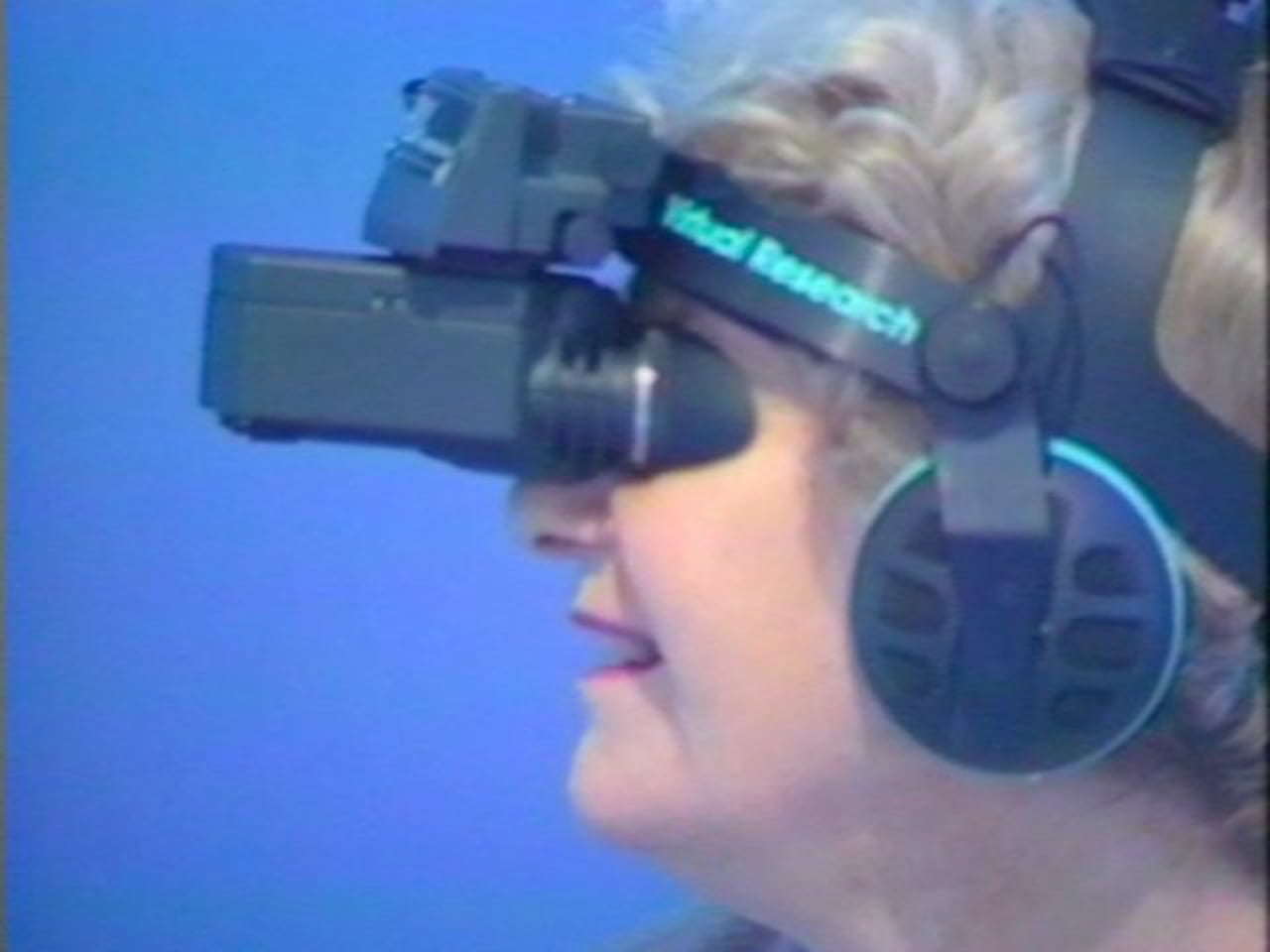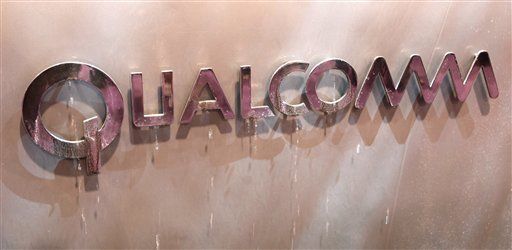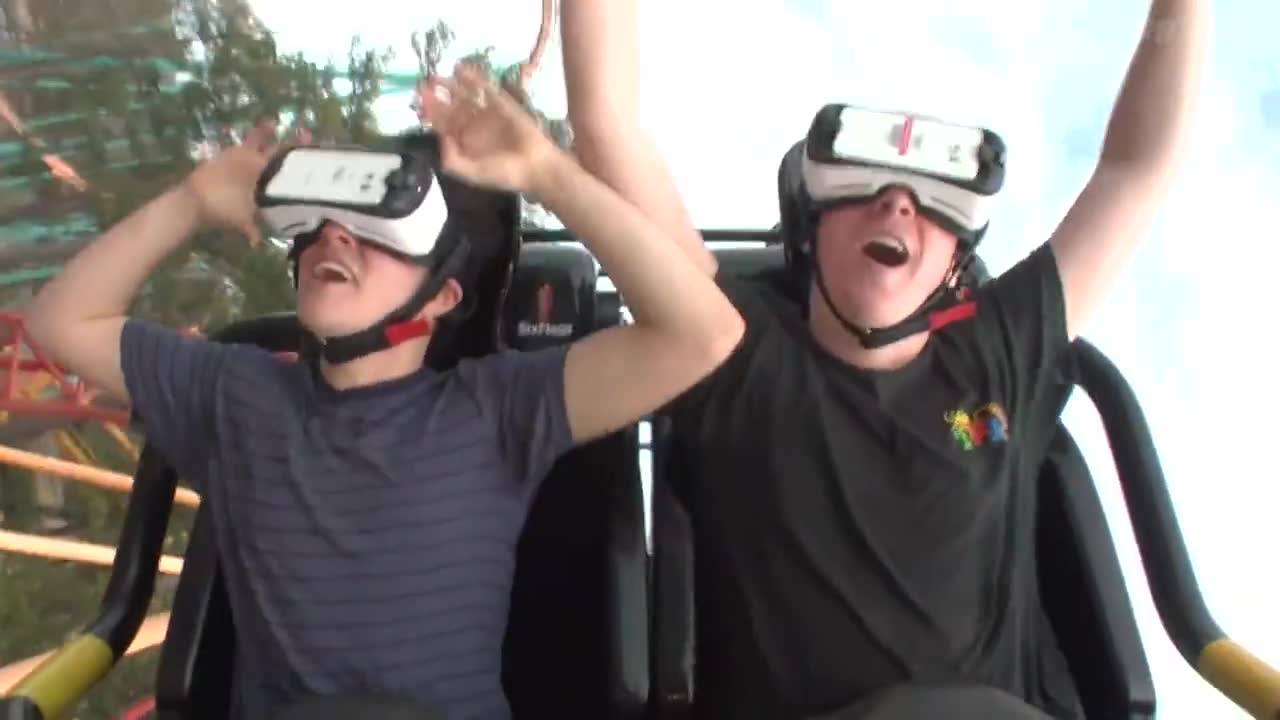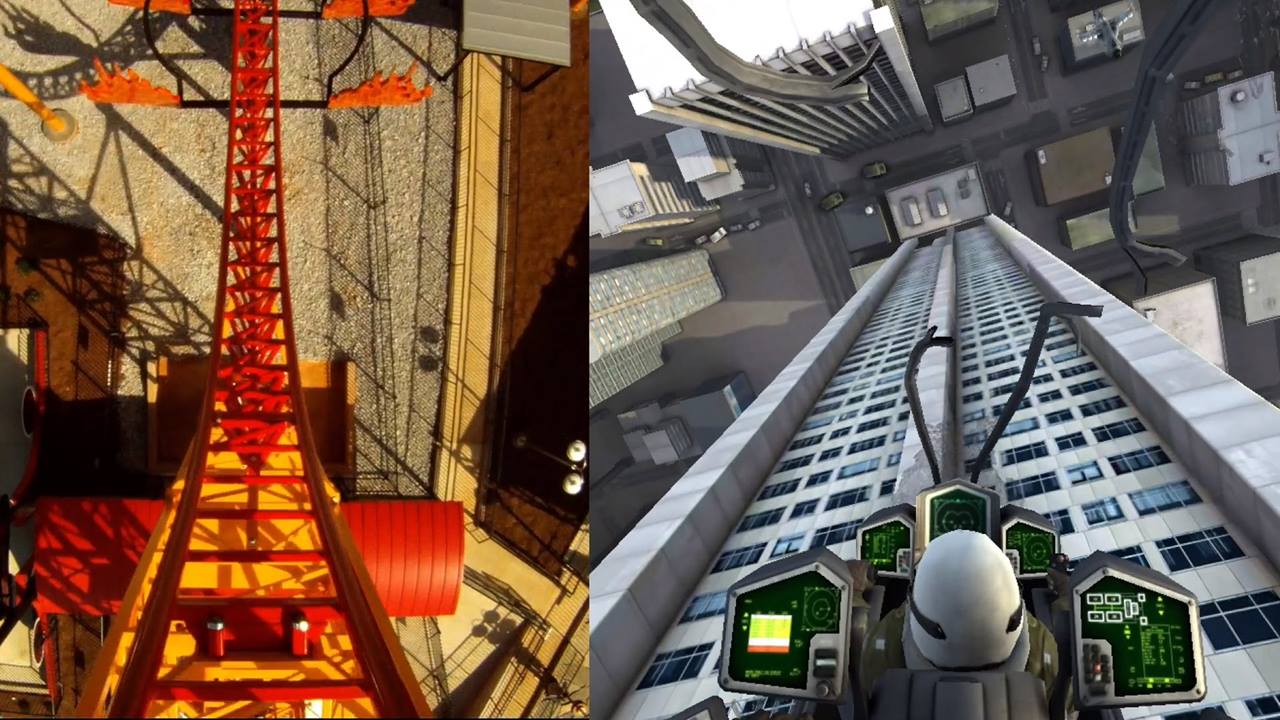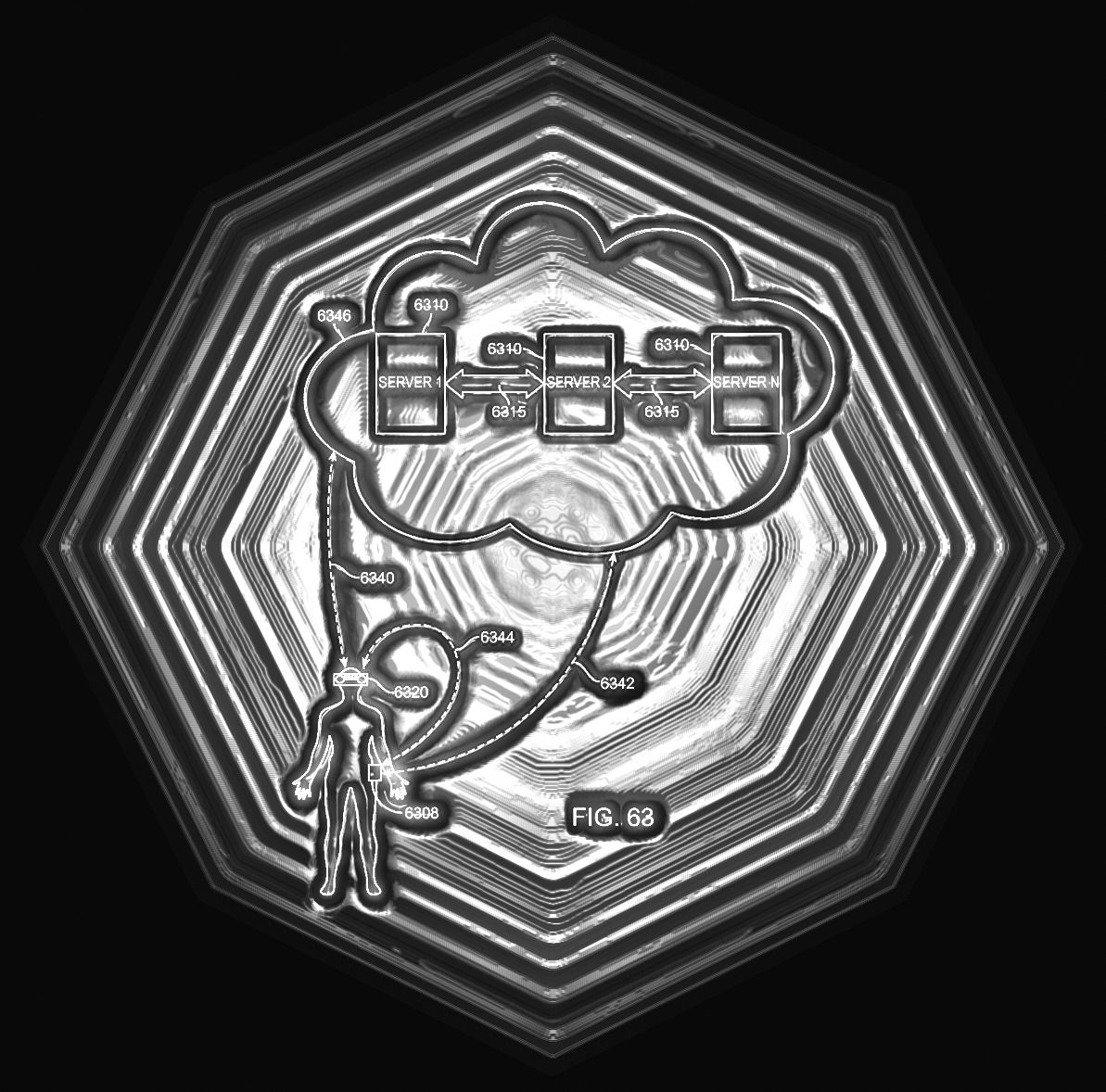The realities of VR.
NEW YORK, March 7, 2016 /PRNewswire/ — Horizon Media, the largest and fastest growing privately held media services agency in the world, announced today its most recent research on consumer interest in virtual reality devices. The research was fielded in Finger on the Pulse, the agency’s proprietary online research community comprised of 3,000 people reflective of the U.S. population, and with the social media expertise of Horizon’s Distillery social intelligence team. The research shows that despite extensive media coverage of Oculus Rift, Samsung Gear VR, Google Cardboard and other virtual reality devices, fully two thirds of consumers are unaware of the technology.
Virtual reality – often referred to as “VR” – has been readily embraced by the mainstream media as the shiny, new, technological advancement. Marketers are also understandably excited about the possibilities unleashed by VR technology. But while there is interest among consumers, the survey findings suggest that companies would be well served to walk before they run when incorporating virtual reality activations into marketing plans, at least until the technology reaches greater awareness and scale.
Consumers are open to a VR enhanced future, but believe it will take several more years to get there. Unaided awareness of the major devices is fairly low at just 33%. However, more than a third (36%) say they are interested in owning some sort of virtual reality device. In addition Horizon’s Distillery social intelligence team found that 9% of online discussion around the topic is related to positive purchase interest. In fact, compared to the Apple Watch before its release, VR got much more love from Finger on the Pulse panelists. Twice as many consumers consider VR “an exciting new innovation to own” (82% for VR vs. 44% for Apple Watch), and twice as many say “everyone is going to wish they owned one” (55% for VR vs. 24% for Apple Watch). A strong majority of consumers (81%) also believe that five years from now, anywhere from a quarter to half of the population will own a VR device.
Read more

